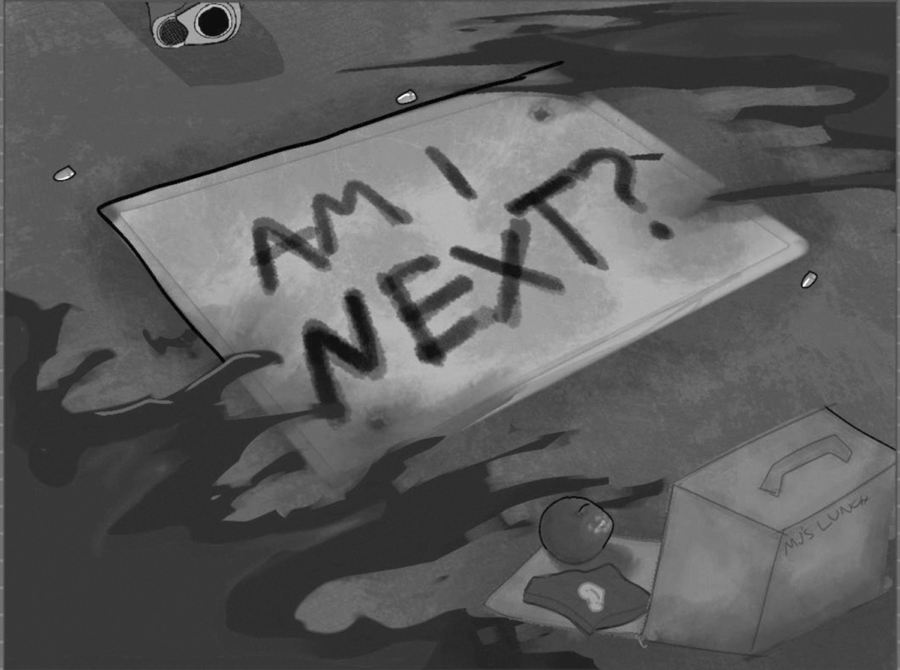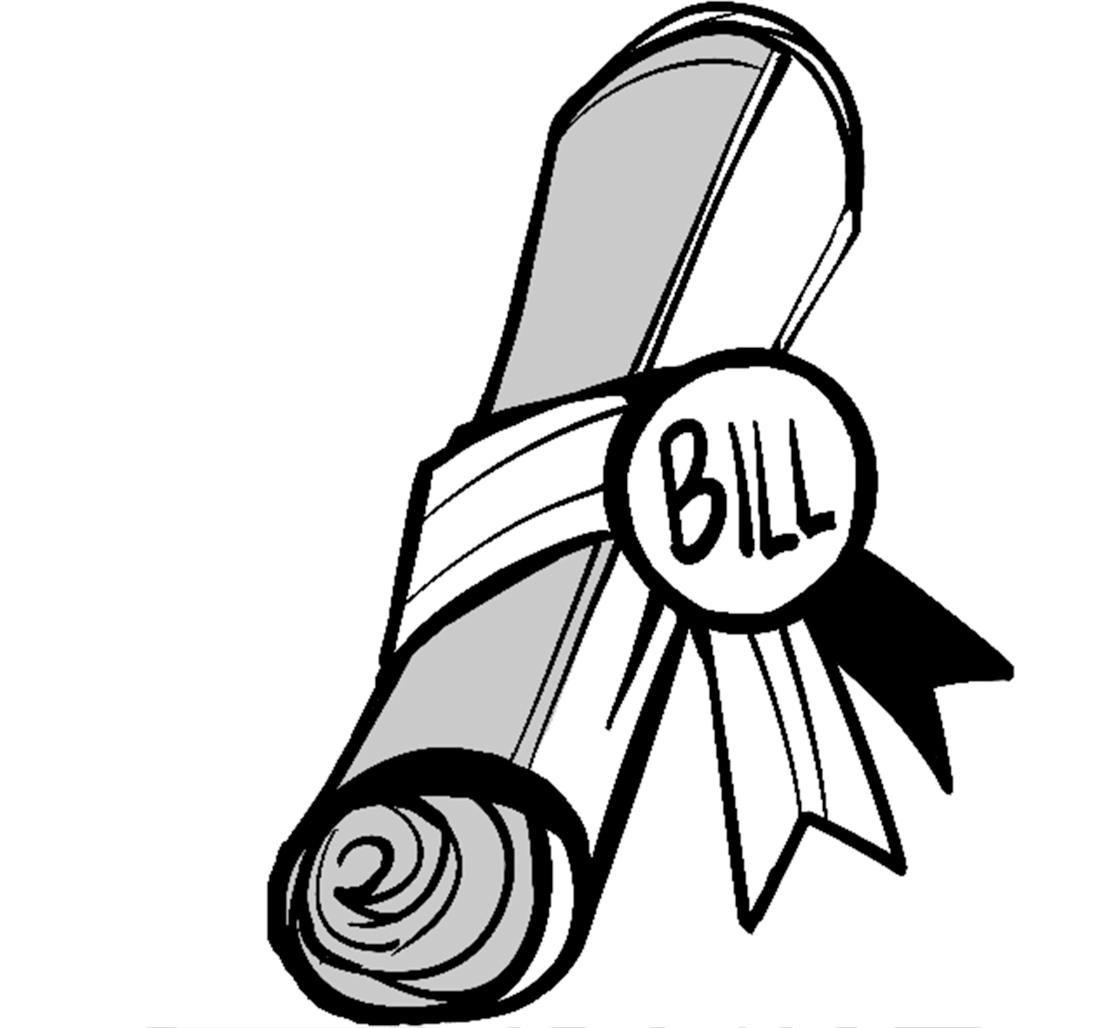As a businessman who has thrown his hat into the presidential race, Donald Trump is now leading the Republican primaries with more delegates than the other two Republican remaining candidates combined.
Because Trump is likely to get the Republican nomination, it is important to look at his positions on major issues.
Economics
According to Trump’s campaign website, his plan is to eliminate federal income tax for 73 million households and to simplify complex IRS forms to a one-sheet form.
“His tax policy is semi-progressive, in that people who make more money are going to get taxed at a higher rate, and he is reducing the overall tax rates among everyone,” non-partisan political observer and world history teacher Adam Bazant said. Bazant doesn’t condone or condemn any of the presidential candidates.
Another large part of Trump’s economic policy is his stance on relations and trade between the United States and China.
Trump promises to keep jobs and small businesses in the country and to cut the national debt.
Trump proposed to cut the national debt by ending “redundant” government programs (though he didn’t name any) and growing the economy through tax revenues on new businesses brought to the United States from overseas. Trump believes that with a smaller debt, the country can make better deals with China.
On his website, Trump said if elected, he will ensure the corporate tax rate is lowered to 15 percent, which would be 20 percent below the current federal tax rate, according to Tax Foundation, an independent research organization.
Still, the United States Constitution states that tax rates are under the control of Congress and the president can only help in creating them.
“Whether or not the tax code should be progressive, regressive, a flat tax, or eliminating loopholes… to be perfectly honest, the president has no authority to make those decisions,” Bazant said. “Taxing policies come from the House of Representatives, as written in Article One of our Constitution. He has influence and he can make proposals, but ultimately that is up to Congress.”
Second Amendment
Trump’s gun policy leans conservative, but is not entirely so. According to Trump’s campaign website, his gun policy includes improving background checks by adding mental health and criminal records into the system, as well as expanding concealed carry permits to work across state borders.
Trump plans to improve mental health systems by expanding identification processes for people with mental health problems. He also plans to take violent citizens with mental health problems off the streets, but hasn’t said where they would be placed.
“[Trump] says he supports the Second Amendment, he says he supports stricter background checks, says he supports keeping guns [away from] the mentally ill, which are all good things. Whether or not they will work is to be seen and whether that will step on the toes of the Constitution is another question and we will have to let the courts figure that one out,” Bazant said
Health care
According to his website, Trump’s stance on health care is fairly simple. He plans to repeal the Affordable Care Act (ACA), commonly known as Obamacare.
Trump’s plan mainly revolves around privatizing health care, meaning people are responsible for their own health care, as it was before Obamacare. He predicts this will make costs go down and the quality of health care go up.
Trump’s policy also requires price transparency for all health care providers, allowing patients to see medical service costs before they undergo procedures. Currently, 44 states have received failing grades for their price transparency laws according to Futurity, a nonprofit site hosted by more than 60 universities to share recent scientific discoveries.
However, there is the question of just how different his stance on health care is from ACA.
“Trump has been on both sides of the issue, he has supported a vast expansion of Medicare and Medicaid, he has supported a single payer option, he has supported vastly expanding programs, essentially that [are similar to] Obamacare,” Bazant said.
Immigration
A key part of Trump’s campaign is his stance on immigration and undocumented immigrants.
In his campaign, Trump said that the government should deport all illegal and criminal aliens, or non-U.S. citizens in the country that have been convicted of crimes.
Trump also said the government should have enhanced penalties for people overstaying visas, build a wall on the southern border and triple the number of Immigration and Customs Enforcement (ICE) officers, who enforce immigration laws.
“[Trump] believes that illegal immigrants should be sent back and then they can come back into the country, but would have to go through the [immigration] process like [other immigrants],” sophomore Jacob Dodd said.
A key part of Trump’s plan for immigration is to build a wall across the southern border with Mexico. Independent analysts at the Washington Post have estimated the wall would cost around $25 billion at a minimum, not including continuous maintenance.
In response to Trump’s claims that Mexico would pay for the wall, the Mexican treasury secretary Luis Videgaray said that “Mexico, under no circumstances, is going to pay for the wall Mr. Trump is proposing,” according to The Guardian’s website.
The biggest question over Trump’s immigration plan is if it would work.
“You can increase air surveillance, you can build a wall, you can build giant spikes going into the ground so they can’t build tunnels, you increase the number of officers, all of that is for show and all of it is going to be ineffective unless Congress, along with the Executive Branch, get serious about tackling immigration policy as a whole,” Bazant said.








